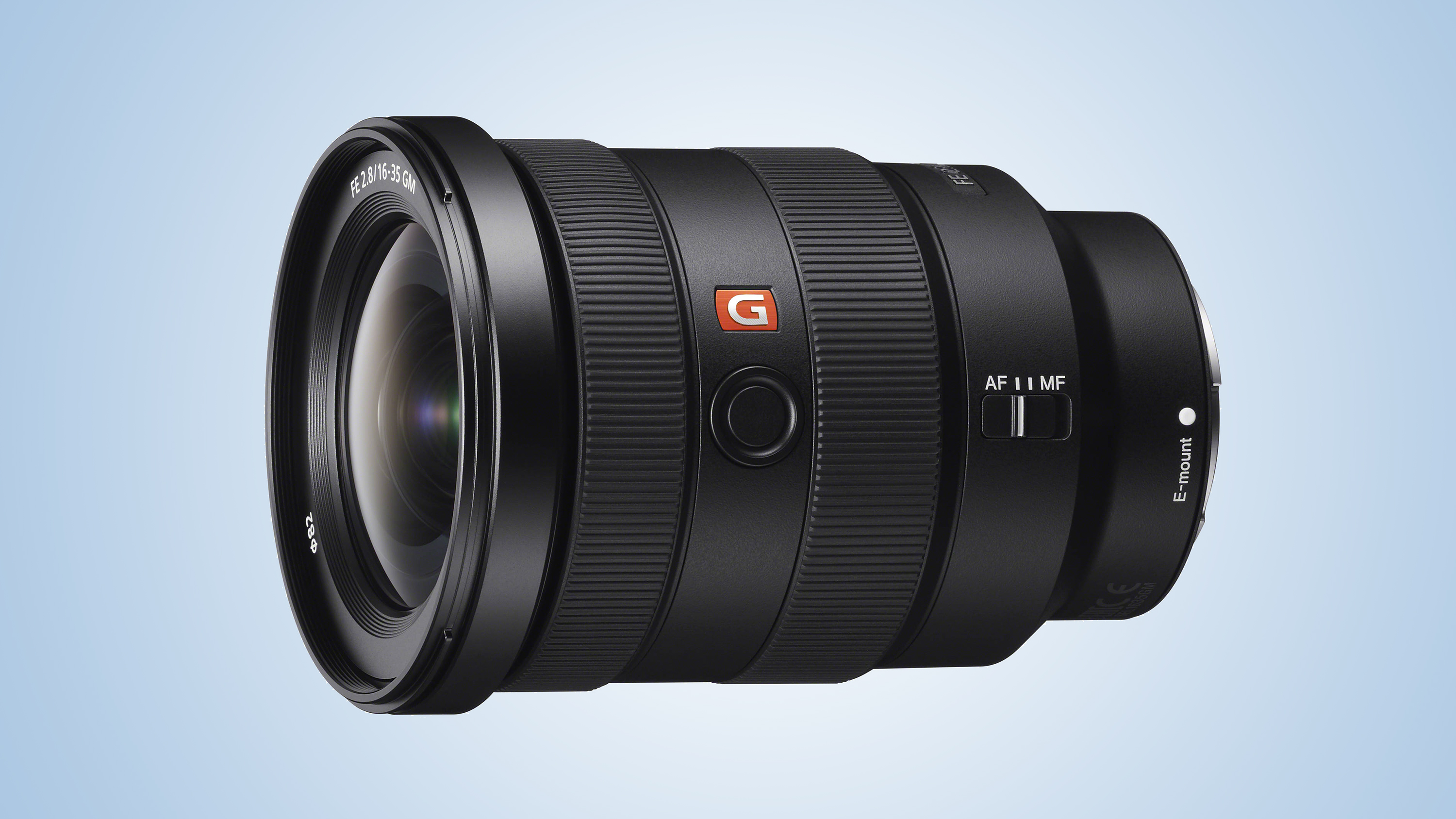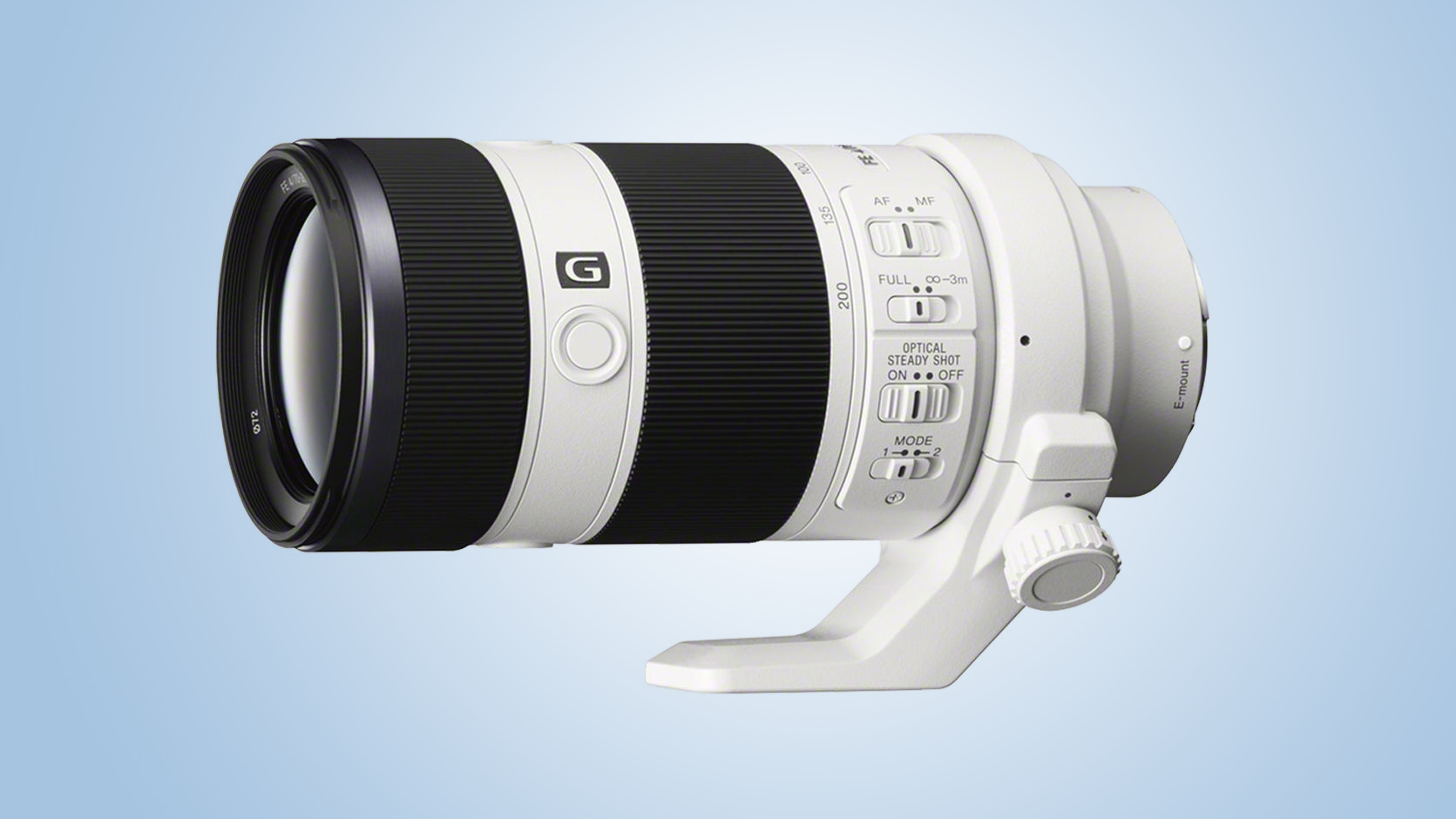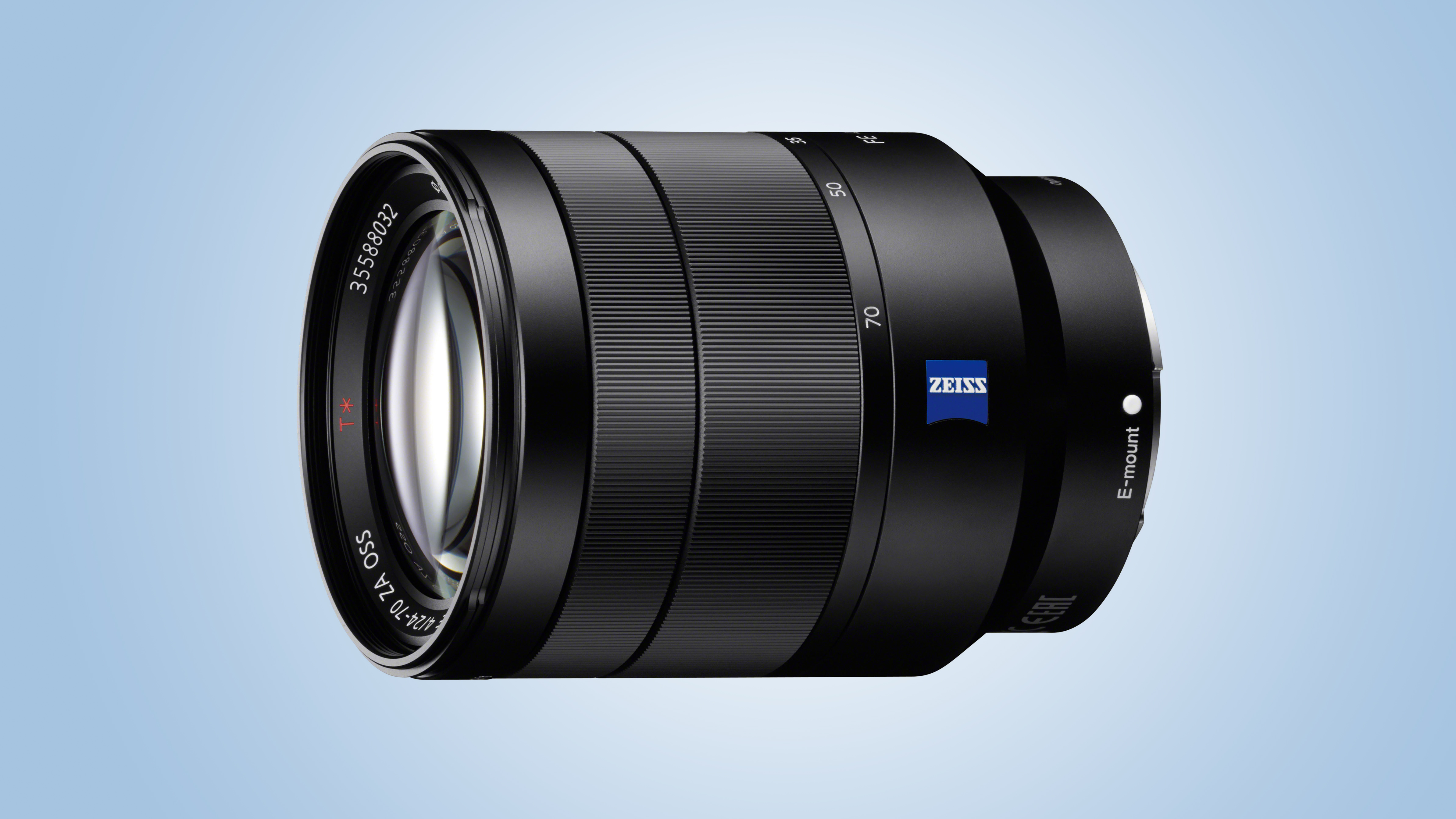Sony's Alpha A7 full-frame mirrorless cameras became an instant hit when they were launched back in 2013. However, a limiting factor of any star-quality system camera is the depth and breadth of lenses and accessories to back it up. Initially, the small selection of full-frame E-mount lenses gave a distinct lack of versatility, but it hasn't taken long for Sony to develop an enticing range of optics that enable the Alpha A7 range of mirrorless cameras like the Alpha A7R III (along with the flagship Alpha A9) to really take the fight to professional DSLRs.
There are still a few holes in Sony's more specialist lens line-up, but they are being quickly plugged. For example, there are no tilt and shift (perspective correction) lens, but Sony's announced the development of a 400mm f/2.8 super-telephoto prime lens that should keep sports and wildlife photographers happy.
For everything else though, from wide, standard and tele zooms to high-class prime lenses, there's some seriously attractive glassware on offer, and here's our top picks right now. Keep in mind that these full-frame E-mount lenses can also be used on Sony's APS-C mirrorless models – we've put the effective focal lengths in brackets.

The Zeiss-badged Sony Vario-Tessar T* FE 16-35mm f/4 ZA OSS has been the main choice for Alpha users after a high-quality wide-angle zoom lens, but the arrival of the Sony FE 16-35mm f/2.8 GM now makes that decision much harder. A stop faster as f/2.8, this is a larger piece of glass that weighs in at 680g. Build quality is excellent and includes a full set of weather-seals, while the 11 blade rounded aperture diaphragm delivers ultra-smooth bokeh. Focusing is fast and silent, while the image quality is stunning – the perfect partner for the 42MP Alpha A7R II.

This is a stunning lens and the perfect optic for beautiful portraits. The 11 blade rounded diaphragm helps produce sumptuously soft and dreamy bokeh in defocused areas. Sharpness across the entire frame is very good at f/1.4 – and stunning at f/2.8 and beyond. Sony’s Nano AR coating fends off ghosting and flare, while lateral and longitudinal fringing are both minimal. The focus hold button and de-click aperture ring option are nice bonuses, with the latter working very well when shooting video.

There are plenty of affordable yet fairly fast standard primes for full-frame cameras. By contrast, standard primes for Sony’s full-frame E-mount system look very pricey, but the FE 50mm f/1.8 fills an obvious hole in the market. Measuring just 69 x 60mm, weighing a mere 186g and full-frame compatible, it definitely has something to offer APS-C format shooters, where the ‘effective’ 75mm focal length is ideal for portraiture. The stepping motor autofocus system is quick and very quiet, although not completely silent. There’s no shortage of bite, with good sharpness and contrast even when shooting wide-open at f/1.8. However, vignetting is noticeable unless you stop down to f/2.8.

At its closest focus distance, this 90mm lens gives full 1.0x macro reproduction, ideal for monstrous enlargements of tiny bugs and other small objects. Attractions include top-quality glass, quick and ultra-quiet autofocus, OSS (Optical SteadyShot) stabilization and a nicely rounded nine-blade diaphragm. Image quality and handling are excellent, and the lens isn't just a one-trick macro pony. The combination of a 90mm focal length and fairly fast f/2.8 aperture make the lens equally useful when you want to minimise depth of field for portraiture or still life.

This fairly chunky optic nonetheless only weighs in at a pretty modest 371g thanks to a predominantly plastic construction, but balanced really nicely on the Alpha A7R II we tested it with. The design is very clean – so much so that there's no distance or DOF scales, but those niggles aside, it's a cracking portrait lens. Focusing is nice and brisk while the nine-blade diaphragm delivers to really beautiful bokeh. Optically, there's little to fault it on either – it's incredibly sharp at the centre of the frame through the aperture range. If you can't justify one of the more exotic Sony portrait lenses, this is a great option.

This ultra-wide 12-24mm lens delivers a phenomenal viewing angle of 122 degrees, with a rectilinear design aiming to keep distortion to a minimum. Autofocus is practically silent and well suited to both stills and movie capture, while the fly-by-wire manual focus ring operates smoothly and with excellent precision. Even at the widest aperture of f/4, vignetting isn’t too obvious, while the drop in corner-sharpness is quite minimal at both ends of the zoom range, and negligible at mid-zoom settings. When you hit f/5.6, sharpness is excellent across the frame, with the lens also very resistant to ghosting and flare.

Two rear-mounted OSS (Optical SteadyShot) stabilization switches select on/off and static/panning modes. A further two switches are on hand for auto/manual focus modes, and to lock out the close autofocus range below three metres. Unusually for this class of 70-200mm f/4 lens, there's also a set of three focus-hold buttons towards the front of the lens, plus a tripod mounting collar. The optical path includes plenty of premium glass, plus Sony's Nano AR Coatings. Sharpness and contrast are generally very good, although extreme edge and corner-sharpness drops off at 70mm when using an aperture of f/4, and at 200mm throughout the aperture range. Ultimately, this lens is a highly competent telephoto zoom with excellent handling.

The first 35mm prime lens to be launched for full-frame E-mount bodies was the dinky little FE 35mm f/2.8, designed along Zeiss's Sonnar principles. The newer f/1.4 Distagon lens is massive by comparison, measuring 79x112mm and weighing 630g. However, it's two f-stops faster and has a much more sophisticated feature set. Unusually for an E-mount lens, there's a manual aperture ring. As a bonus, you can select one-third click steps or click-free rotation, the latter being ideal for shooting movies. Sharpness is exemplary, right across the whole image frame, chromatic aberration is only slight and barrel distortion is extremely low for a 35mm lens.

Unlike most up-market zoom lenses for DSLRs, this one has a widest available aperture of f/4 rather than f/2.8, which helps to make its size and weight a better match for the comparatively small A7 series bodies. As with most Zeiss-badged optics, the physical design looks minimalist, without any switches for auto/manual focus modes or on/off for the OSS (Optical SteadyShot) stabilizer. Even so, the metal lens barrels feel beautifully engineered and the build is dust/moisture resistant. Sharpness is good and very consistent throughout the zoom and aperture ranges although the corners become a little soft at longer zoom settings.

The FE 100-400mm f/4.5-5.6 GM OSS is Sony's only lens for it's mirrorless cameras that covers a focal length greater than 200mm, so it's just as well it's a great lens. Until more dedicated telephoto primes become available, this is a great partner of the Alpha A9, and isn't much bigger than Sony's 70-200mm f/2.8. Focusing is incredibly quiet and quick, while the built-in optical stabilization means you can reduce camera-shake by five stops. Optically, results are very good. Don't expect results to match rival primes, but sharpness is very good.